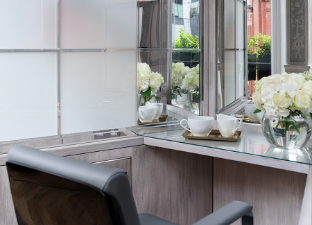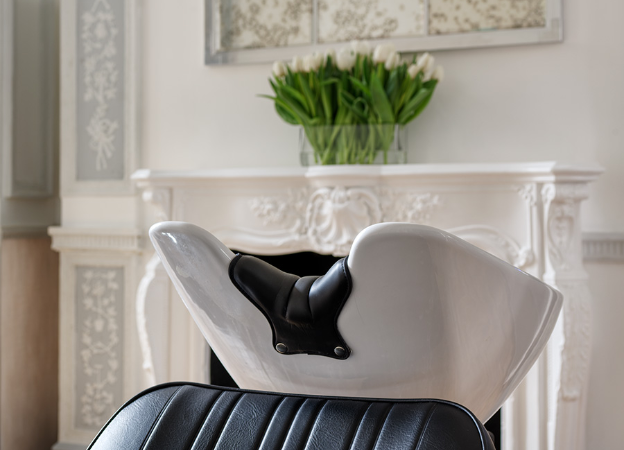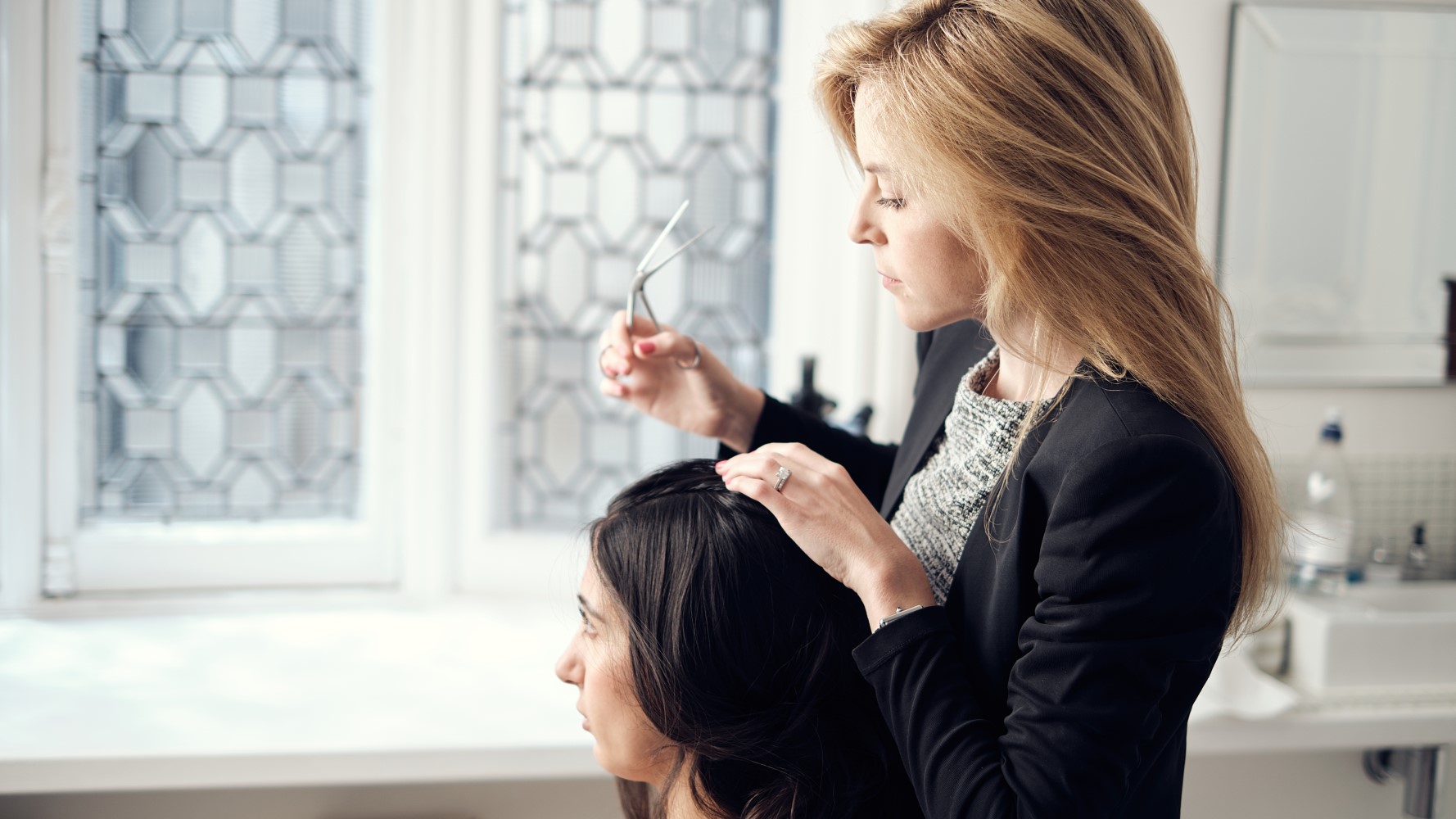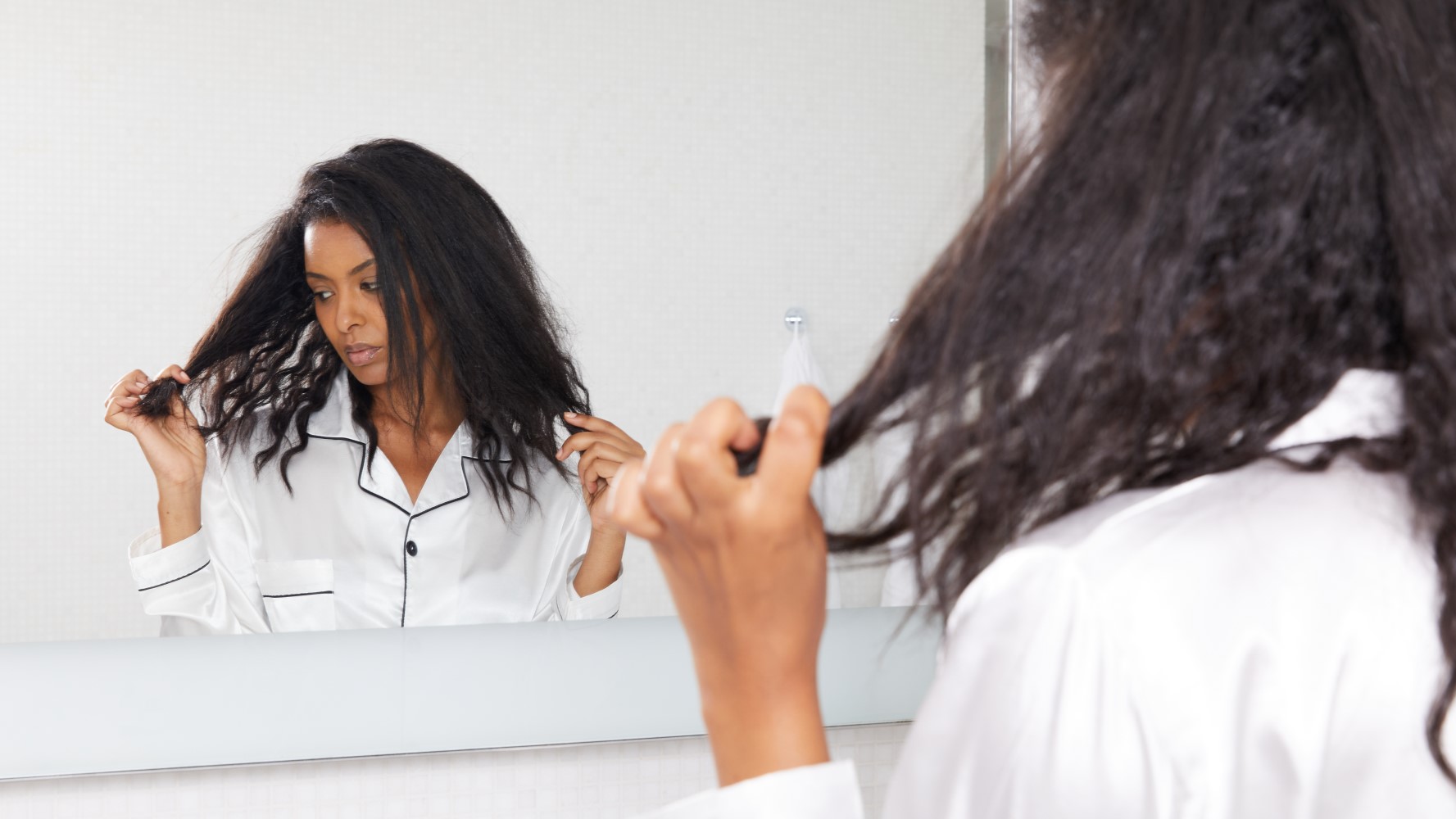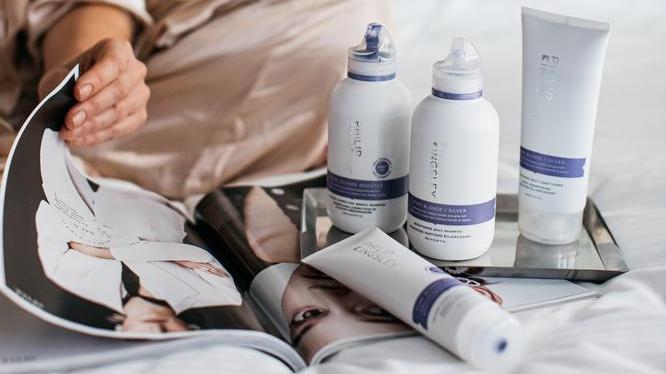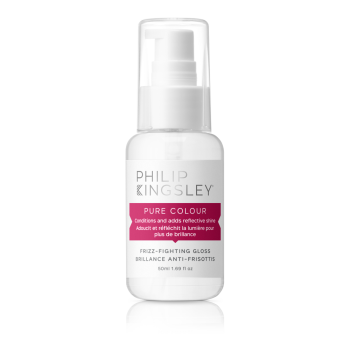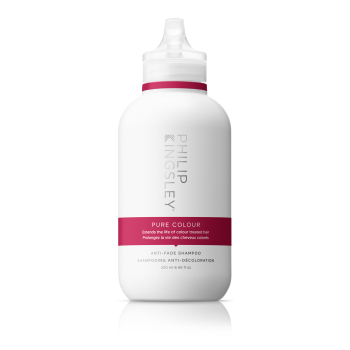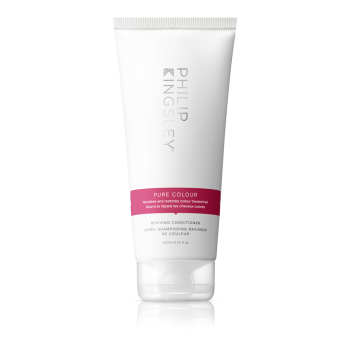CLINIC CONSULTATIONS
If you are worried about any form of hair or scalp condition, our Clinics in London and New York specialise in all aspects of hair and scalp health, and will be pleased to welcome you.
The hair colouring market is vast. Changing your hair colour can give you a psychological boost and a sense of reinvigoration. It is a great way to try a new look, express your personality, or even discard part of an old life for a new one.
Whichever colour you decide on, we highly recommend that you take the necessary precautions to care for your hair. All colouring processes are potentially harmful if the instructions on the packaging are not followed, or if you do not make sure to hydrate and nourish your hair after the process.
Caring for Colour-Treated Hair
All chemical processes — including all types of colouring — reduce the elasticity of your hair, increasing the chances of breakage.
The degree of damage to your hair largely depends on the level of your colour change. For instance, going from a very dark shade to a very light shade is harder on your hair, because the colouring (bleaching) agent is stronger and/or left on for longer.
How often you dye your hair is also a factor to consider. So is where you do it. If you have your hair coloured in a salon, it will most likely involve some sort of conditioning treatment. However, if you dye your hair at home, make sure you have a good conditioner handy. You should also use a pre-shampoo conditioning treatment, such as our award-winning Elasticizer, at least once a week, depending on the condition of your hair. If you hair is very dry and damaged hair, we recommend twice-weekly use.
(Please note: always leave three days before and after your colouring process when using an intensive conditioning treatment - they have the ability to fade your colour if done too soon. However, this does not apply to highlights or bleach without tint.)


